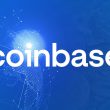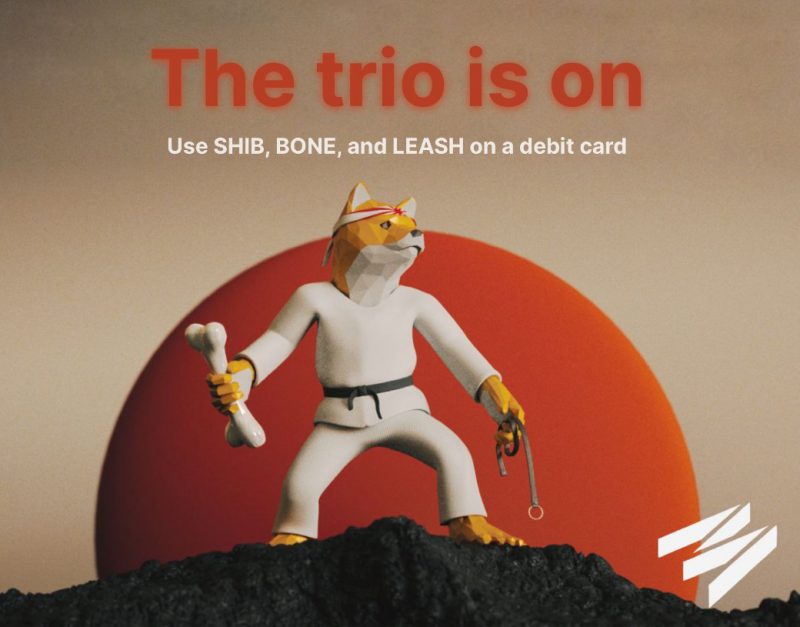We are all more than aware of Shiba Inu. The token is, without a shred of a doubt, one of the most popular coins, and has been such for some time now. Shiba Inu was easily one of the most successful coins of 2021, with almost 1700% ROI.
However, not many may be aware of Shiba Inu’s offspring token BONE, Shiba’s governance token, and its staking version tBONE. Let’s take a look at their differences and use cases.
BONE: Shiba Inu’s offspring
Shiba Inu has two offspring tokens, namely BONE, and LEASH.
Bone coin, often known as $Bone, is the native governance token of ShibaSwap, Shiba Inu’s decentralized exchange, with a total supply of 250,000,00 tokens. The platform’s native cryptocurrency is utilized to promote liquidity, staking, and swapping.
The ShibaSwap ecosystem is completed by the $Bone cryptocurrency. Holders of the Bone token can engage in governance to help shape how the platform operates. The Shibarium layer-2 blockchain uses BONE as the native gas token.
At the time of publication, BONE was trading at $0.755574, down 7.3%.
The LEASH token was intended to be a rebase token tied to the Dogecoin price. Nonetheless, the Shiba Inu team has stated that they will not rebase the LEASH token once it has been “unleashed.” LEASH is different from SHIB in that the supply is limited to around 100,000 tokens, giving it a different appeal than the Shiba Inu token SHIB.
At the time of publication, LEASH was trading at $1,339.63, down by 6.1%.
tBONE: SHIB’s staking coin
All of the SHIB’s ecosystem’s tokens can be buried or dug up. The bury operations are essentially a means to stake tokens, whereas the digging functions are a way to cultivate tokens.
A user receives tBONE when burying BONE tokens. This grants the possessor the right to join a pool that distributes 1% of all BONE per block to its members. The digger also receives a share of the BONE-ETH SSLP when they dig their tokens.





